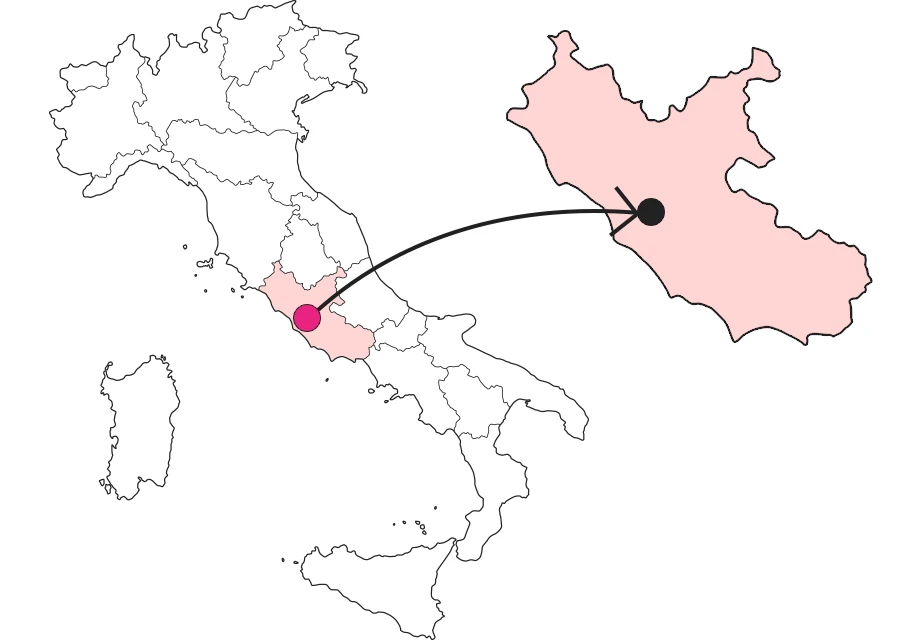SHARRYLAND






The stumbling stones of Rome
They sprout like flowers among the stones and remember those who are gone


Where

What it is and where it is
Stumbling stones are found everywhere in the city and unite, like an invisible thread, the different neighborhoods of Rome. They bear witness to what the Nazi barbarity caused during and beyond World War II. The stumbling stones are brass sanestones that cover the blocks of the street pavement: each one bears engraved the name and fate of Jews (but not only) deported or killed during the Nazi period.
Why it is special
Defining the importance of the stumbling stones is difficult unless we approach them with heart and memory: they, in fact, tell us a different story from the canonical monuments; they are a living memory that we can still touch. Indeed, we can literally "stumble" into the stories of so many people. Looking for the stumbling stones scattered around the city we learn about families, young people, more or less famous people, workers, scholars, Jews but also anti-fascists, homosexuals, soldiers, politicians, Roma, partisans: all deported to concentration camps or massacred in the Fosse Ardeatine. Tough stories, like the stones on which their names are engraved and which, in every time and place, tell us not to forget.
Not to be missed
In Rome, the first ones were made in 2010, for the Spizzichino family, on Via della Reginella, in the Jewish quarter. Going in search of the stumbling stones, one comes across many Jewish families and more. For example, at Via Omero, in front of the Swedish Institute of Classical Studies, one notices a stumbling stone dedicated to epigraphist Mario Segre, who found temporary refuge there with his family. Or, at 13 Ceccano Street is the cobblestone commemorating Italo Pula and his brother Spartacus, who were massacred in the Fosse Ardeatine. So many stories of people who became heroes without meaning to be.
A bit of history
In 1995 Gunter Demnig, a German artist, decided to create works in memory of the many victims of Nazism in Europe. Since then, the map of these special cobblestones has been growing and recurs everywhere in European cities.
Trivia
The artist had in mind to make plaques affixed to the walls but then, while visiting the Eternal City, he entered St. Peter 's and was struck by the tombstones that cover the ground and commemorate the person buried there. That's how he got the idea of making stones that would be visible in the street pavement and at the same time a part of it: like the stories they tell that are part of our present memory.
Enter the Map of Italy's Undiscovered Wonders and find treasures where you least expect it... Inspire, Recommend, Share...
Contacts
The Map thanks:
In the Community
Enter the Map of Italy's Undiscovered Wonders and find treasures where you least expect it... Inspire, Recommend, Share...
Where

Contacts

 Paladin
Paladin 